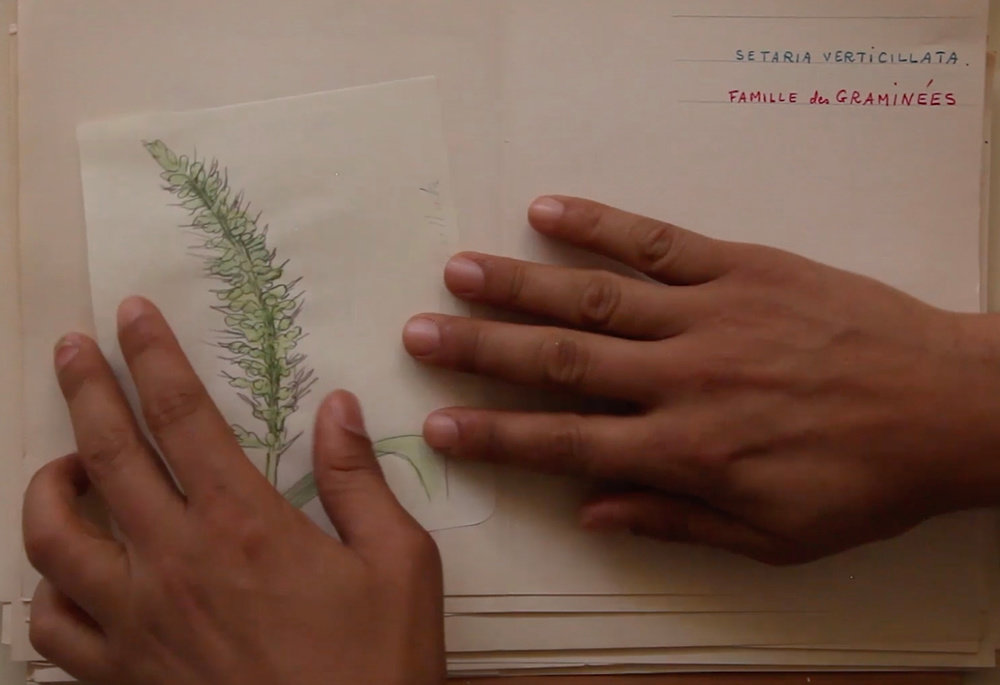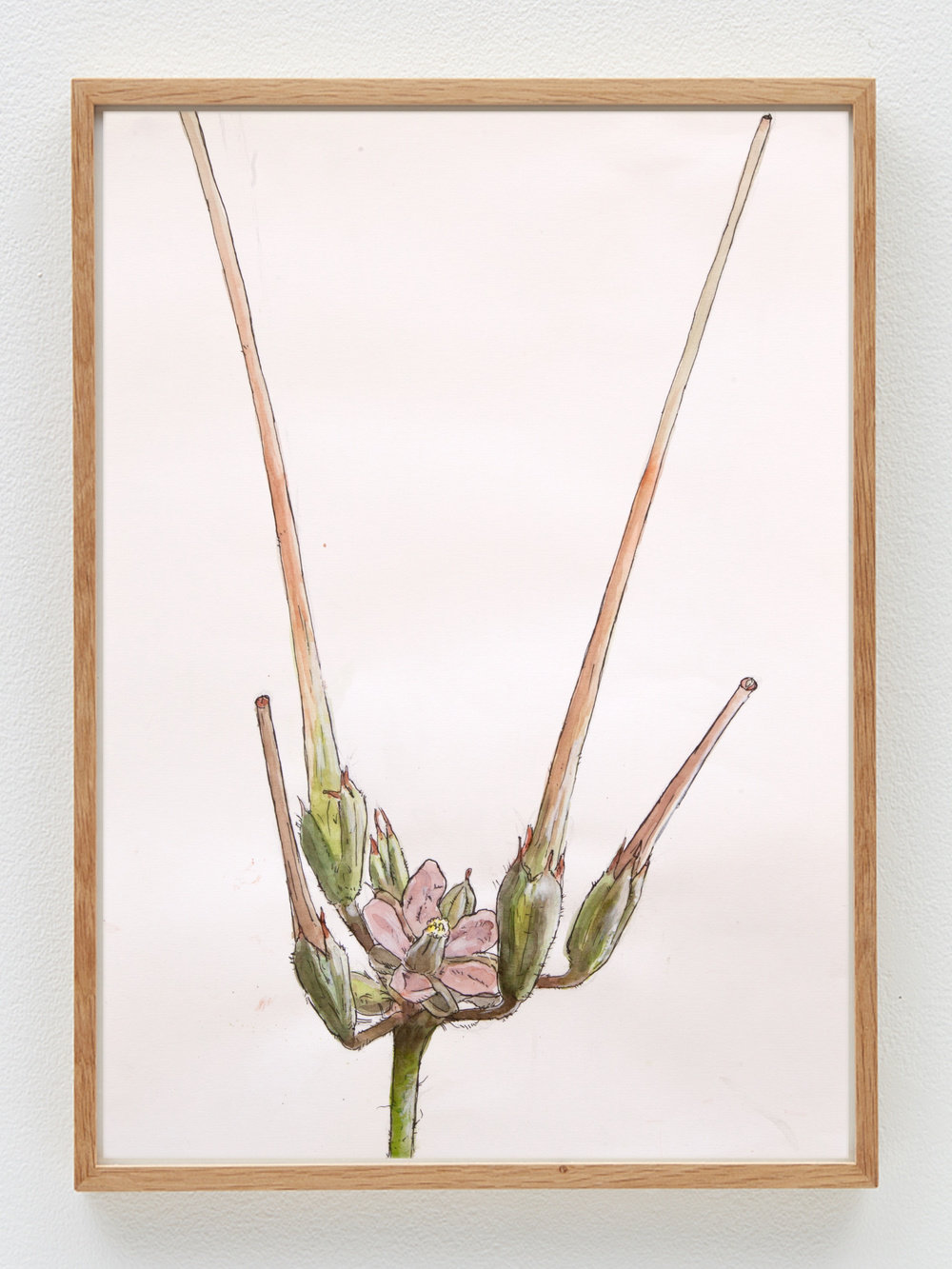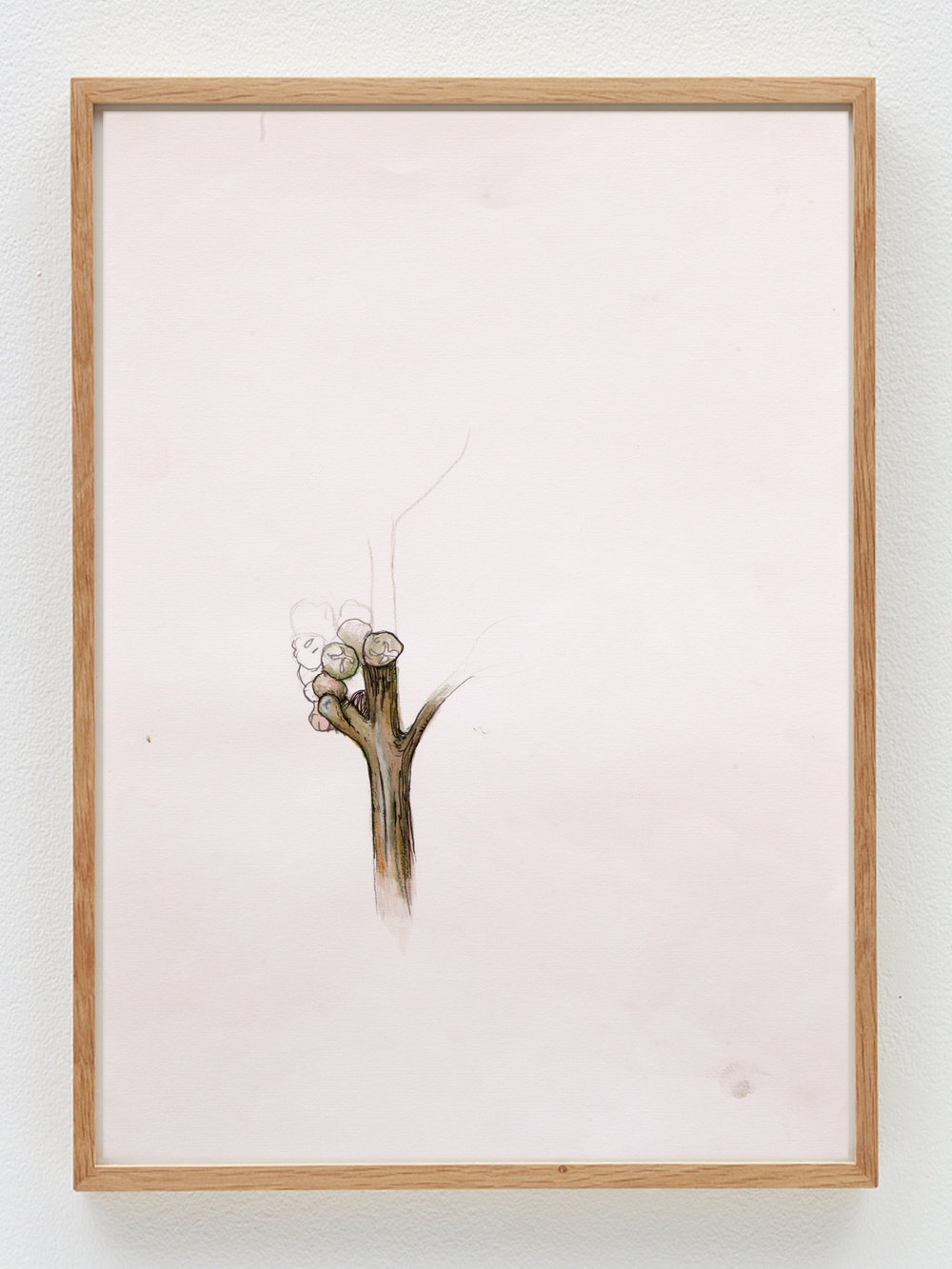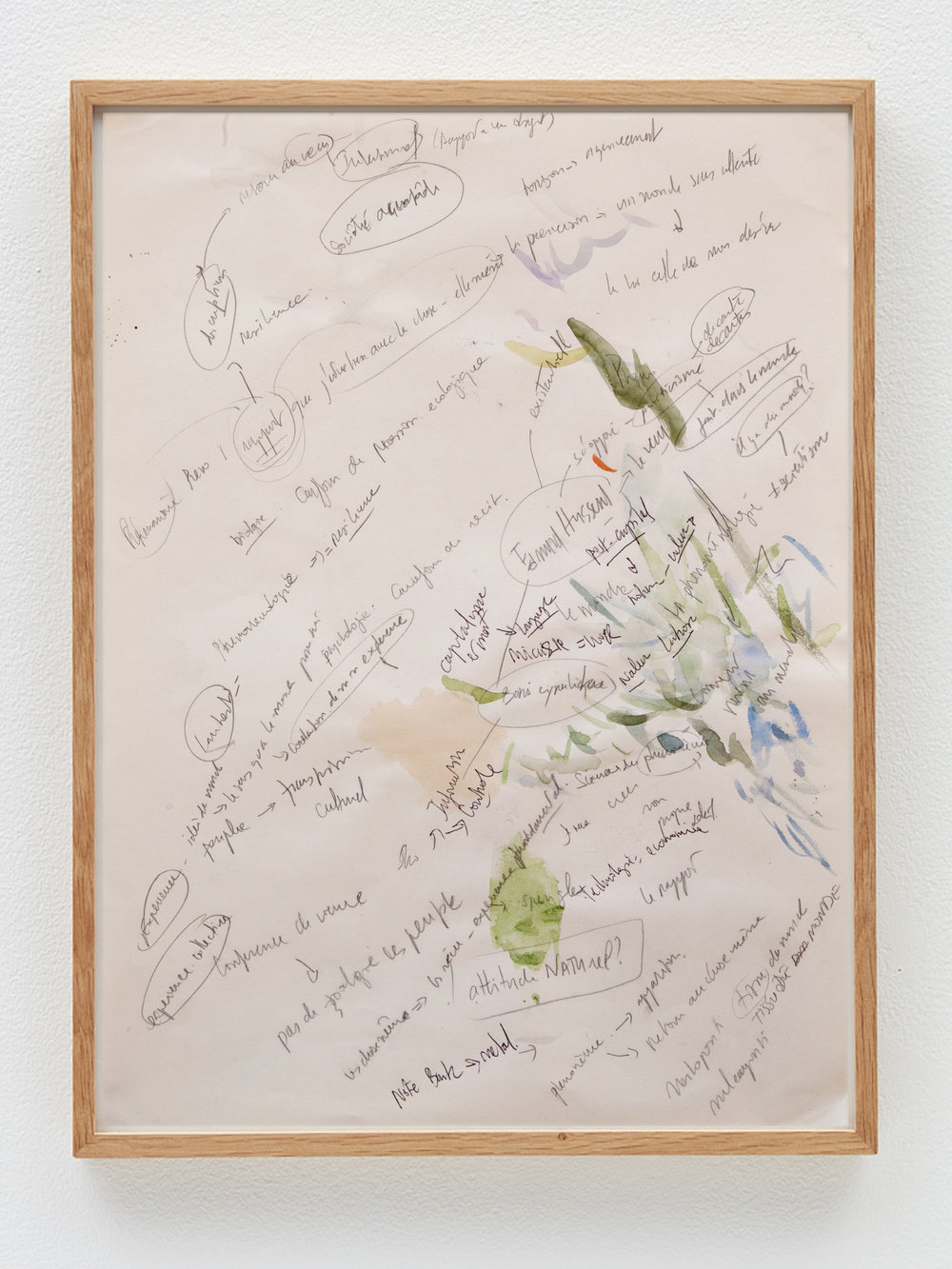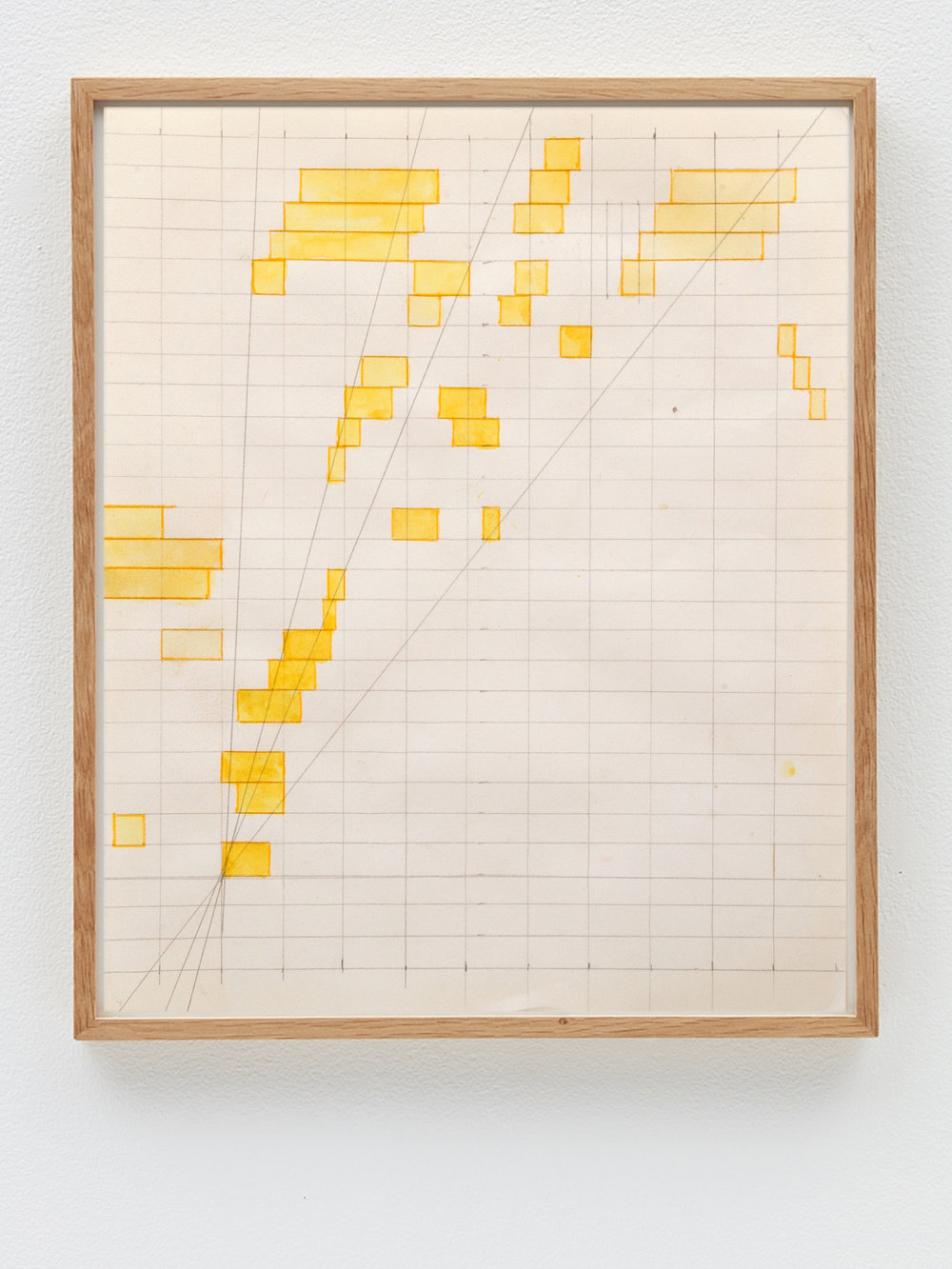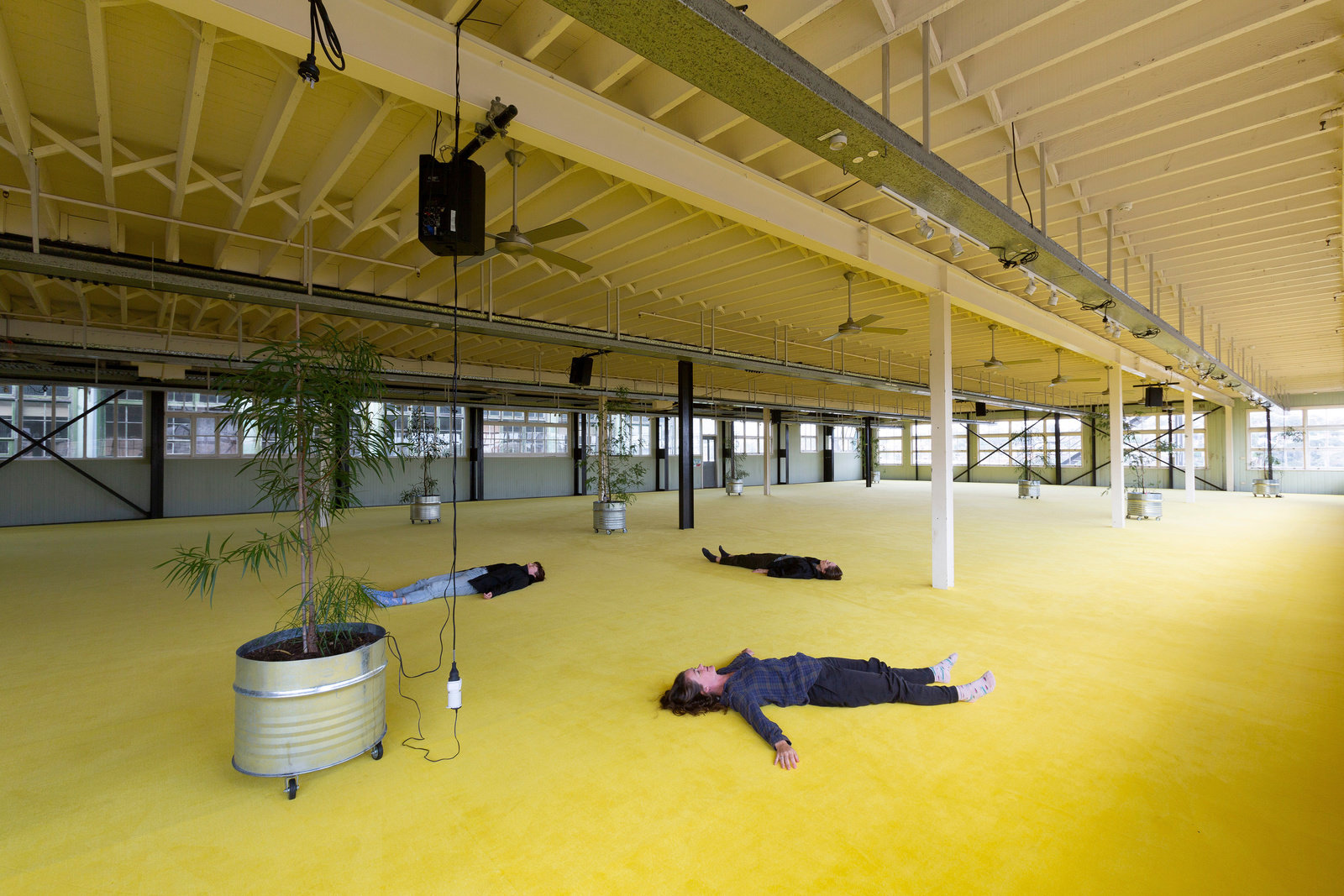

with generous support from the Oranges & Sardines Foundation; assistance from the Ambassade de France en Australie; Institut Français; and the Council for Australia-Arab Relations.
This work was created through an artist residency at the Bundanon Trust. Courtesy the artist; Blum & Poe Los Angeles/New York/Tokyo; and Kamel Mennour, Paris.
Audio collaboration with Jordan Quinqueret, Nardean and MC Kronic. Photo: Jessica Maurer.
For a second online exhibition with galleryplatform.la, Blum & Poe is pleased to present new work by Paris-based artist Mohamed Bourouissa (b. 1978, Blida, Algeria). In nine new watercolor works on paper and a corresponding video, Bourouissa continues his investigation of plants and botany in relation to psychotherapy, and in a recent application to broader questions, plants as vectors for geo-political explorations in colonization, history, origin, appropriation, and exploitation. More information on the artist here.
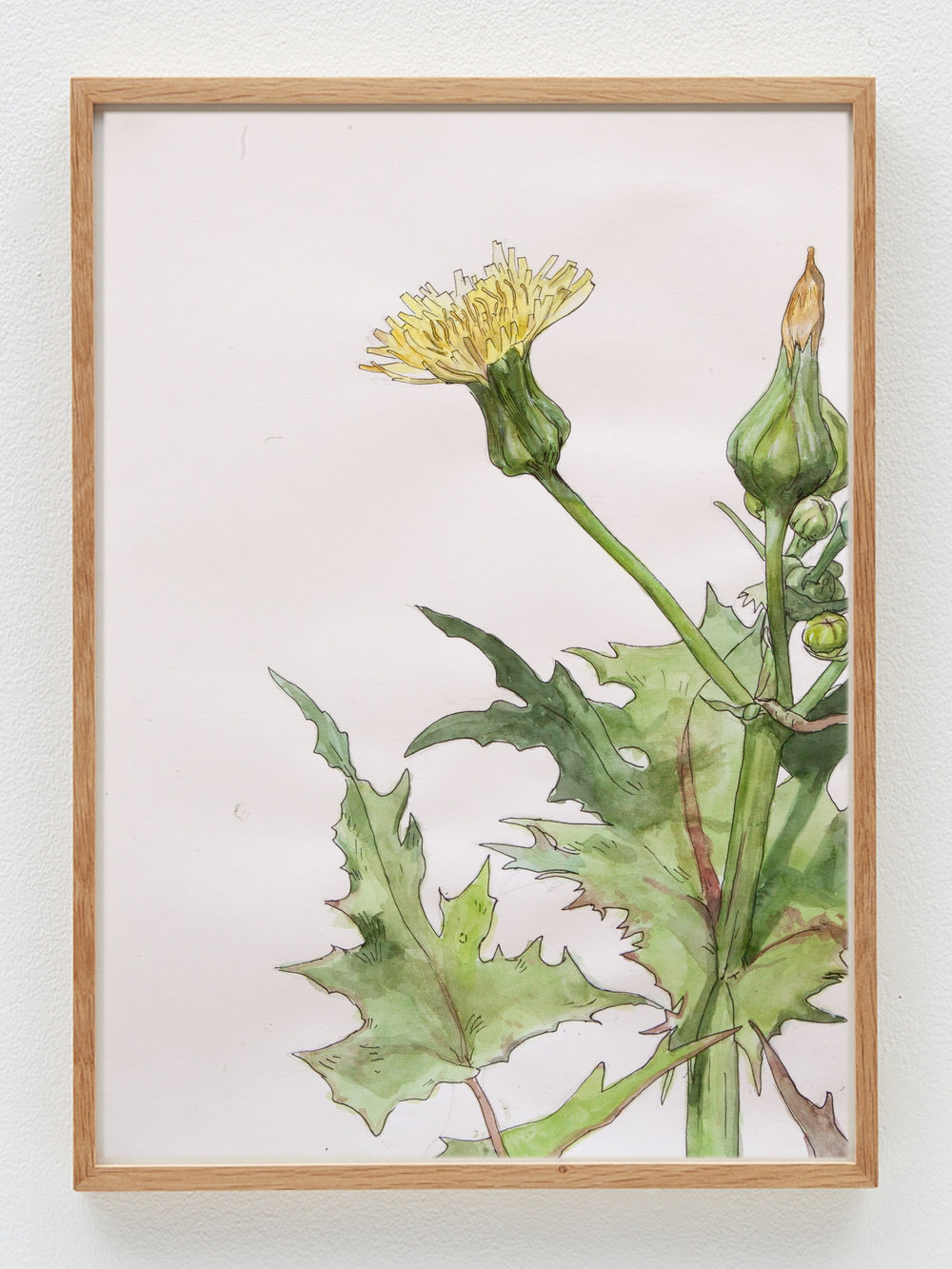
On view here for the first time, this body of work stems from a project the artist began in 2015 in Algiers, focusing on the psychotherapy techniques developed there by Frantz Fanon. Encountering a former patient of Fanon’s who practiced self-healing through gardening, Bourouissa’s research swiftly pivoted to concentrate on plants and botany and led him to the archives of the Bibliothèque des Glycines. There the artist discovered an herbarium book created sometime prior to 1970 and made by an unknown author, with a collection of incomplete watercolor illustrations. Executed with the palette of the original found work, the compositions presented on galleryplatform.la are an attempt to complete this history.
The accompanying video illustrates his work on the herbarium and features an audio layer derived from Bourouissa’s recent project for the 2020 Biennale of Sydney entitled Brutal Family Roots, 2020—sound variations “produced” by Acacia trees in Australia, their electric frequencies captured as documents of the plants’ communication and migration stories.


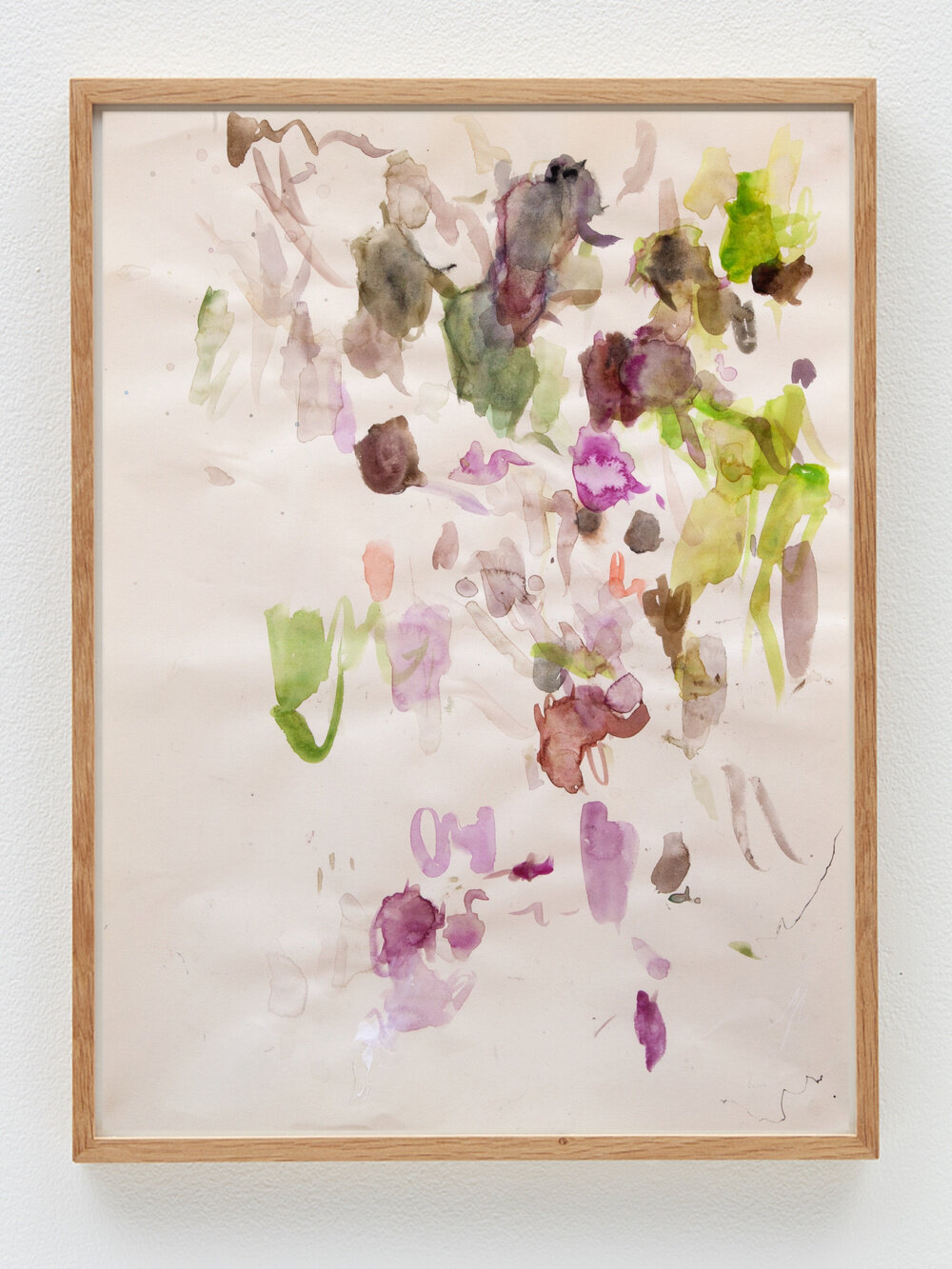
Finally, and not a moment too soon, sympoesis enlarges and displaces autopoesis and all other self-forming and self-sustaining system fantasies. Sympoesis is a carrier bag for ongoingness, a yoke for becomingwith, for staying with the trouble of inheriting the damages and achievements of colonial and postcolonial naturalcultural histories in telling the tale of still possible recuperation.
For Bourouissa, the Acacia tree is a romantic link to his childhood in Algeria. After learning of its proliferation within Australia, the artist was inspired to connect directly to the bushlands in greater Sydney through an artist residency at the Bundanon Trust. Observing the colonial migrations of plant species globally, Bourouissa identified the early movements of the Acacia from Australia to Algeria through natural-history expeditions. Forming connections between the dispersion and adaptation of plants like the Acacia and the passages of language, Bourouissa has developed a complex algorithmic system that translates the unspoken language of the Acacia tree in order to share its story.
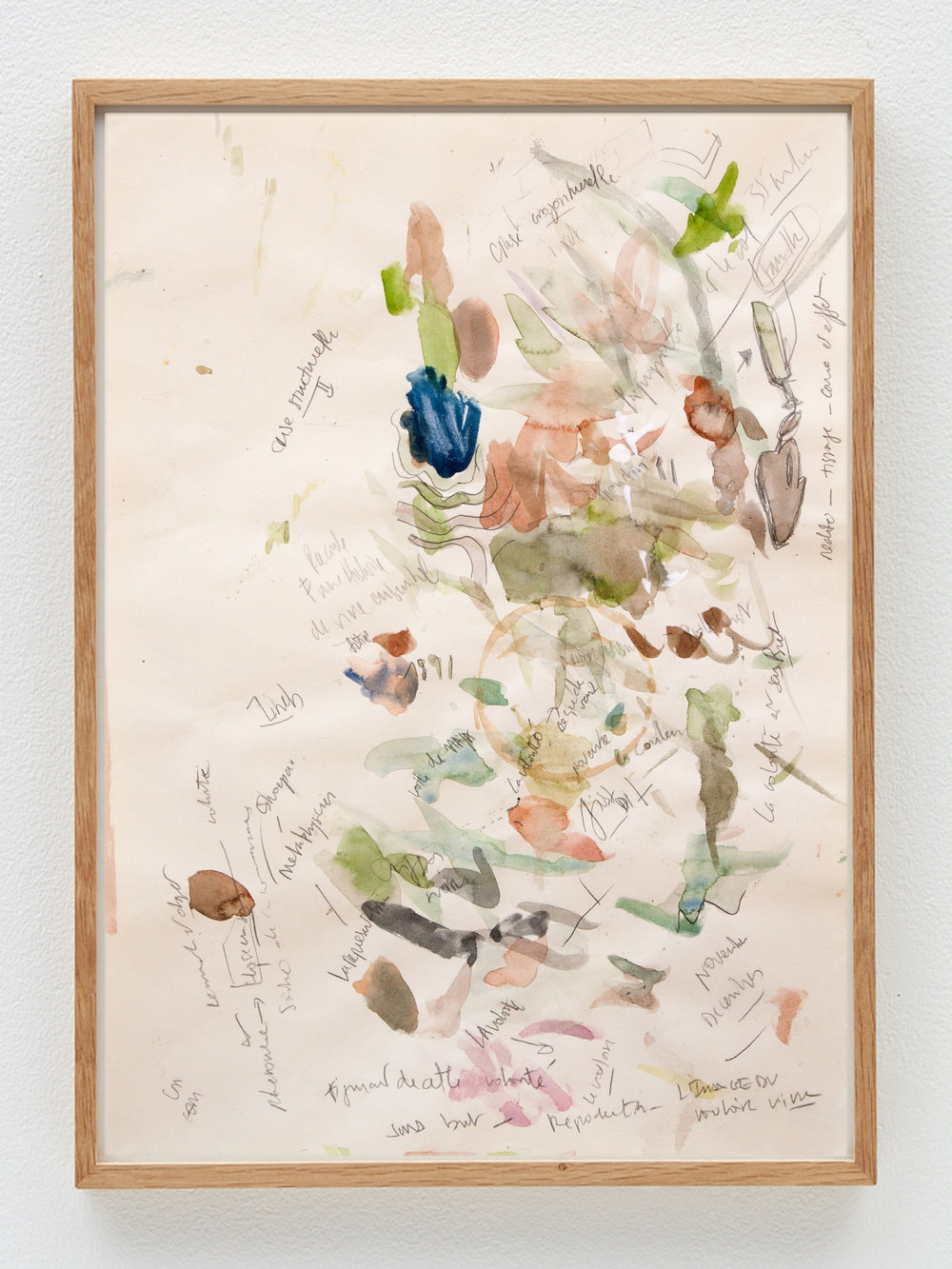
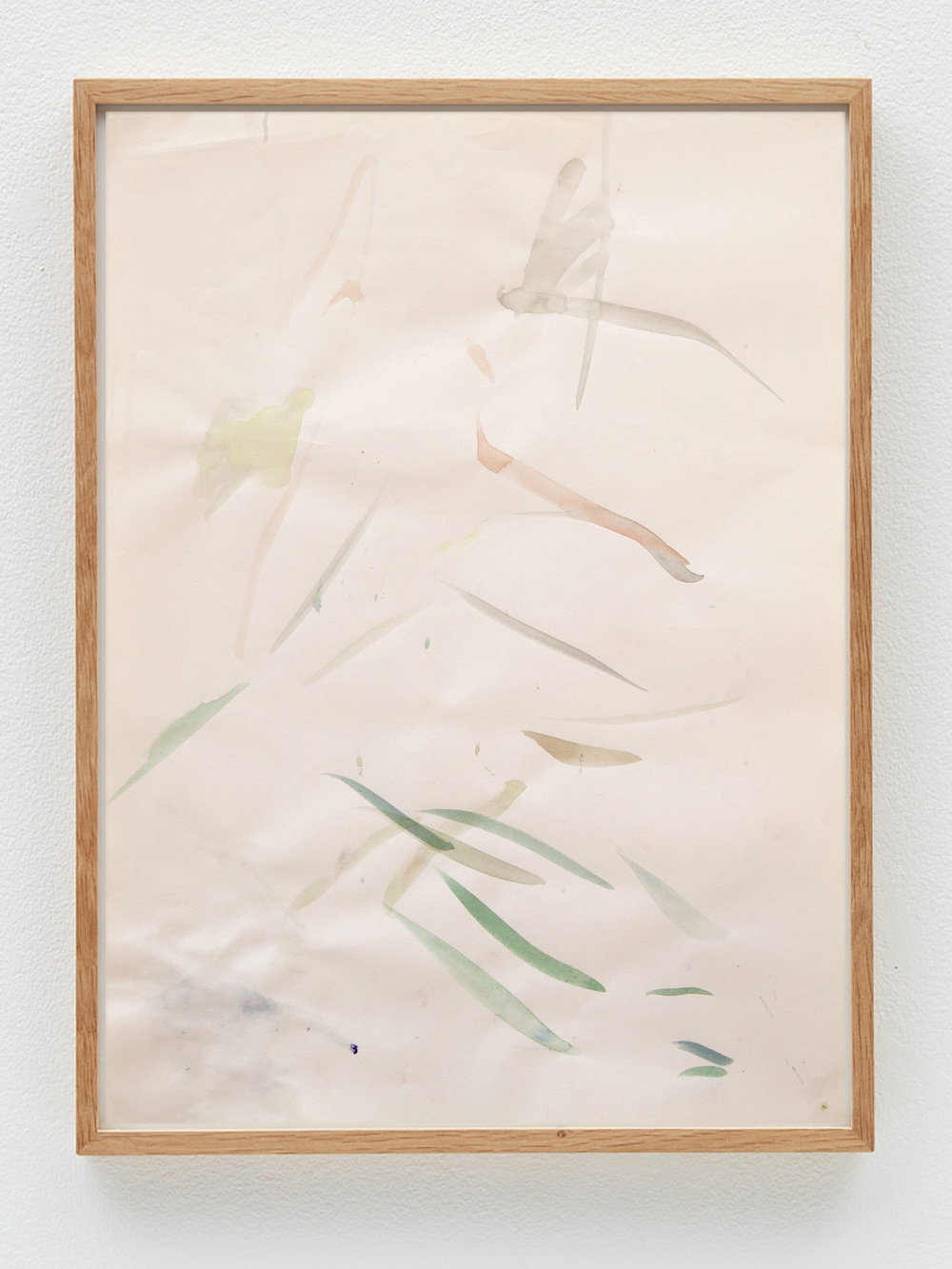
Bourouissa collaborated with MC Kronic (a Waddi Waddi man of the Yuin Nation and local hip-hop/rap artist, activist and poet), Nardean (an Egyptian-Australian MC, poet, singer and songwriter) and French sound designer and programmer Jordan Quiqueret, to transform the active energy frequencies of the living Acacia into audible, rhythmic frequencies. Together, the Acacia speak of colonial truths, their symphonic vibrations touching on localization, globalization, and relocation.
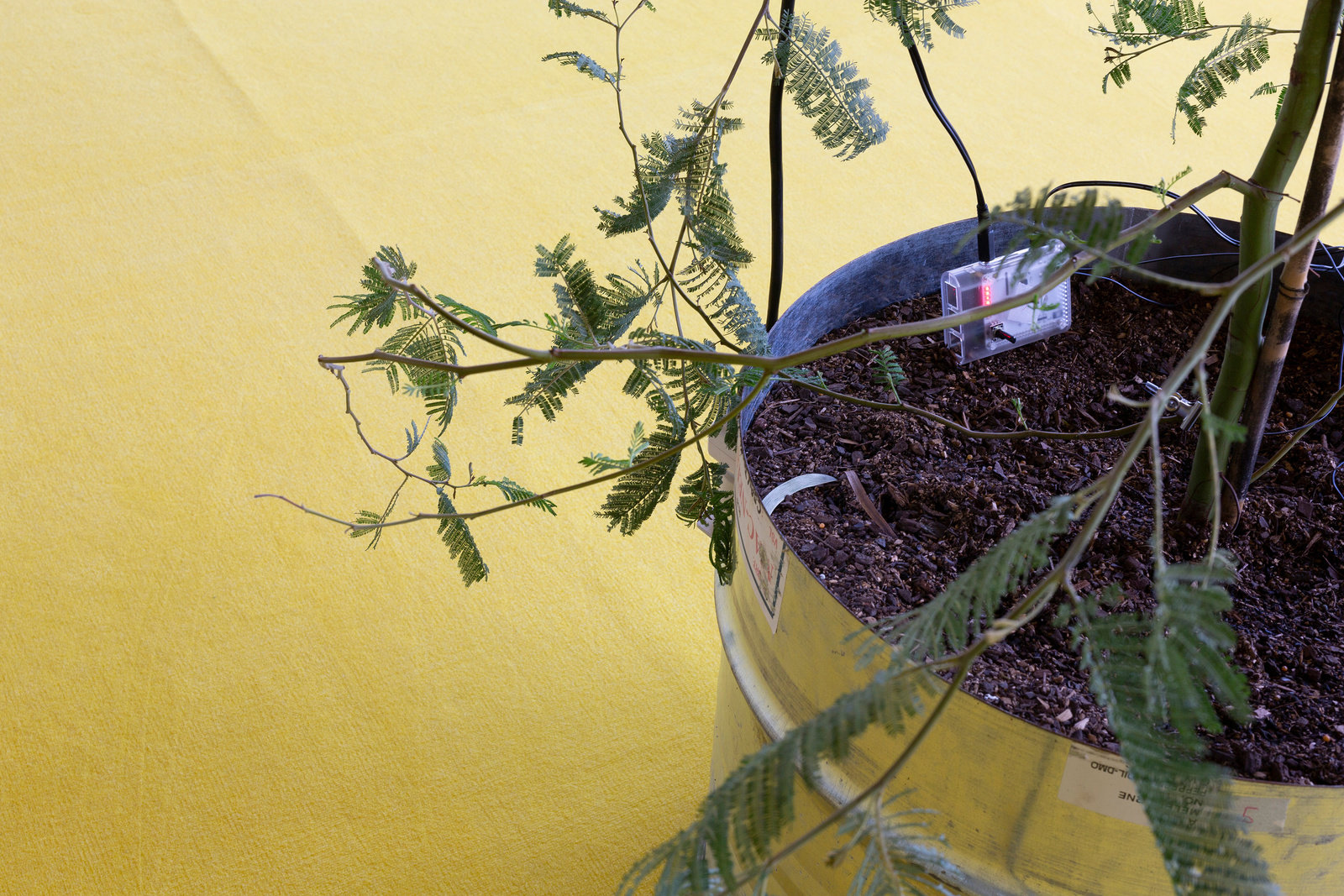

with generous support from the Oranges & Sardines Foundation; assistance from the Ambassade de France en Australie; Institut Français; and the Council for Australia-Arab Relations.
This artwork was created through an artist residency at the Bundanon Trust. Courtesy the artist; Blum & Poe Los Angeles/New York/Tokyo; and Kamel Mennour, Paris.
Audio collaboration with Jordan Quinqueret, Nardean and MC Kronic. Photo: Jessica Maurer.
These interconnected investigations carried out in visual and sonic forms share a reflection on the idea of active resilience, highlighting a form of non-verbal communication that exists human-to-human, human-to-plant, plant-to-plant.
More on Mohamed Bourouissa’s project for the Biennale of Sydney here.
All images: © ADAGP Mohamed Bourouissa.
